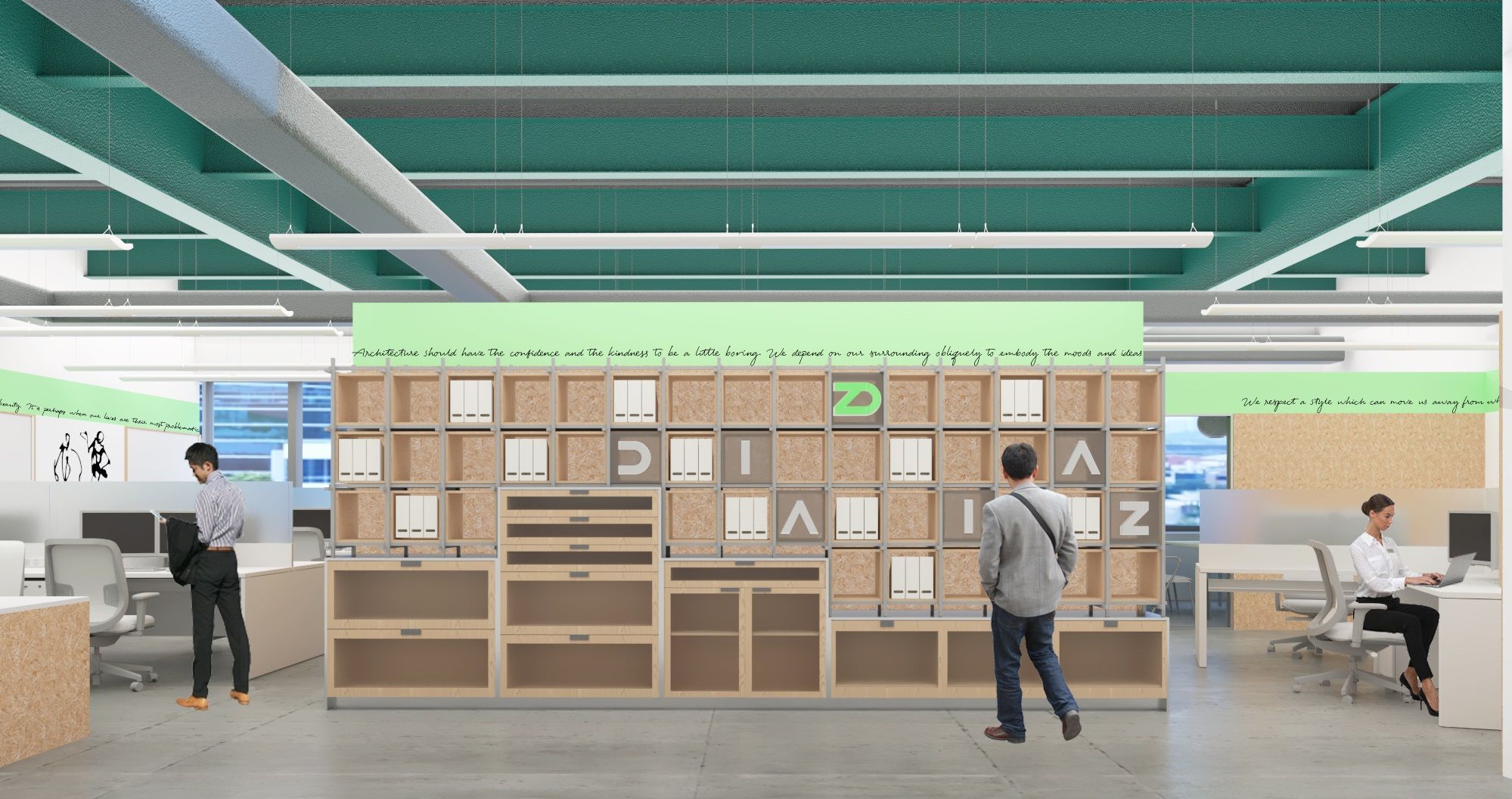The Architecture that Increases the Value of the Property, without Increasing the Value of the Investment

What architectural variables influence the value of a property? Although we know that the economic value of the property is influenced by architecture, we understand very little about what are those decisions that architects make that influence this economic value.
The role of architecture is known as the creation of functional and beautiful spaces, when it has always been more than that. Architecture must be valued more than a simple physical object with square meters and location, but as a functional space that begins to improve the lives of the people who inhabit it. For that, we need to create it with that objective so that it translates into real estate value.
A study by Hough and Kratz (1983) evaluated the influence of architecture on office rental prices in downtown Chicago. New commercial buildings that won architectural awards had a 22% rental premium. In another study, Vandell and Lane (1989) found that the better the design quality of office buildings, the higher the rent. These investigations found a positive relationship between good architectural design and the value of the real estate market.
The impact of architecture can be quantitative, influencing the effectiveness of a building, such as cooling capacity, natural lighting, amount of glass, thermal capacity and the use of materials. It can also have a qualitative impact where the architecture transfers an intangible value that is difficult to quantify at the time, however, later the results can be seen such as rental prices, productivity at work, health and hygiene in cafeterias, environmental quality and feeling of peace at home.
According to "The Modern House," a well-designed house sells for an average of 12% to 19% more than houses with the same square footage. These houses consider the relationship between interior and exterior spaces, and have a sense of 'spatial drama' that includes high ceilings, volume, and natural light. When evaluating the sustainability of a home, we can see a similar scenario. If people know that they can save a % on energy costs by buying a house with the correct solar orientation, they will be motivated to select that house instead of a similar house with the wrong orientation. As well as the impact that landscape design has on the microclimate, air quality and noise obstruction.
If we talk specifically about the shape, an investigation by Rong and Yang (2020) showed that diagonal and podium-shaped buildings have a value of 12.4% and 9.7% more than rectilinear buildings. The diagonal shape adds new extensions to the urban environment, and the podium shape adds more physical space for mixed uses. In contrast, buildings with curvature did not benefit from an increase or decrease in sales or rental prices.
The variables generally used to measure the value of a property are tangible, such as the size of the building, age, number of floors, state of renovation and location. Designers, on the other hand, consider much more qualitative and tactile elements during the design process, such as materiality, geometry, natural light, views, and spatial flexibility, to meet both functional and aesthetic needs as well as user experience.
So we ask again, what design features contribute to the value of the building? Understanding the design variables that impact real estate value can help align designers and financial decision makers to create propositions that create long-term value. Expanding knowledge of design and its impact on finance and economics will enable real estate architects, engineers, and economists to engage in interdisciplinary decision-making, very early in the process.




